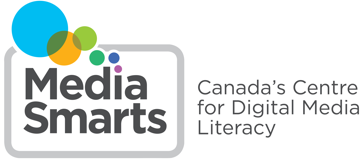Earth Day: Maps as media - Lesson
In this lesson, students are introduced to Earth Day and the theme of “Green Cities”. After listening to a short presentation on the concept of a “green city” and elements that constitute a green city (e.g. renewable energy sources such as solar panels, more energy-efficient buildings, recycling programs, cleaner air and water) students participate in an activity where they count the number of parks on a map of their city or neighbourhood. Maps are then analyzed as a medium as students discuss how they are created, things they can and can’t show, and their effectiveness at communicating environmental information.





